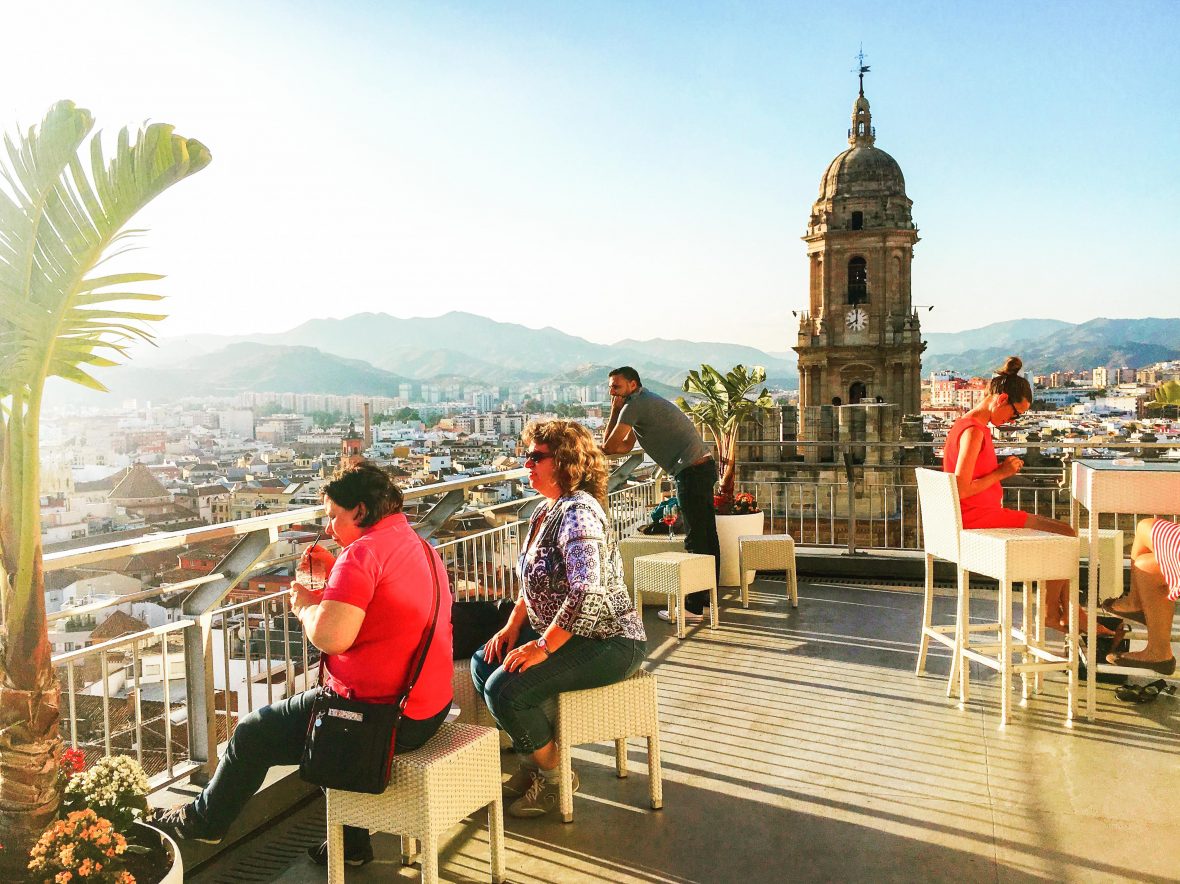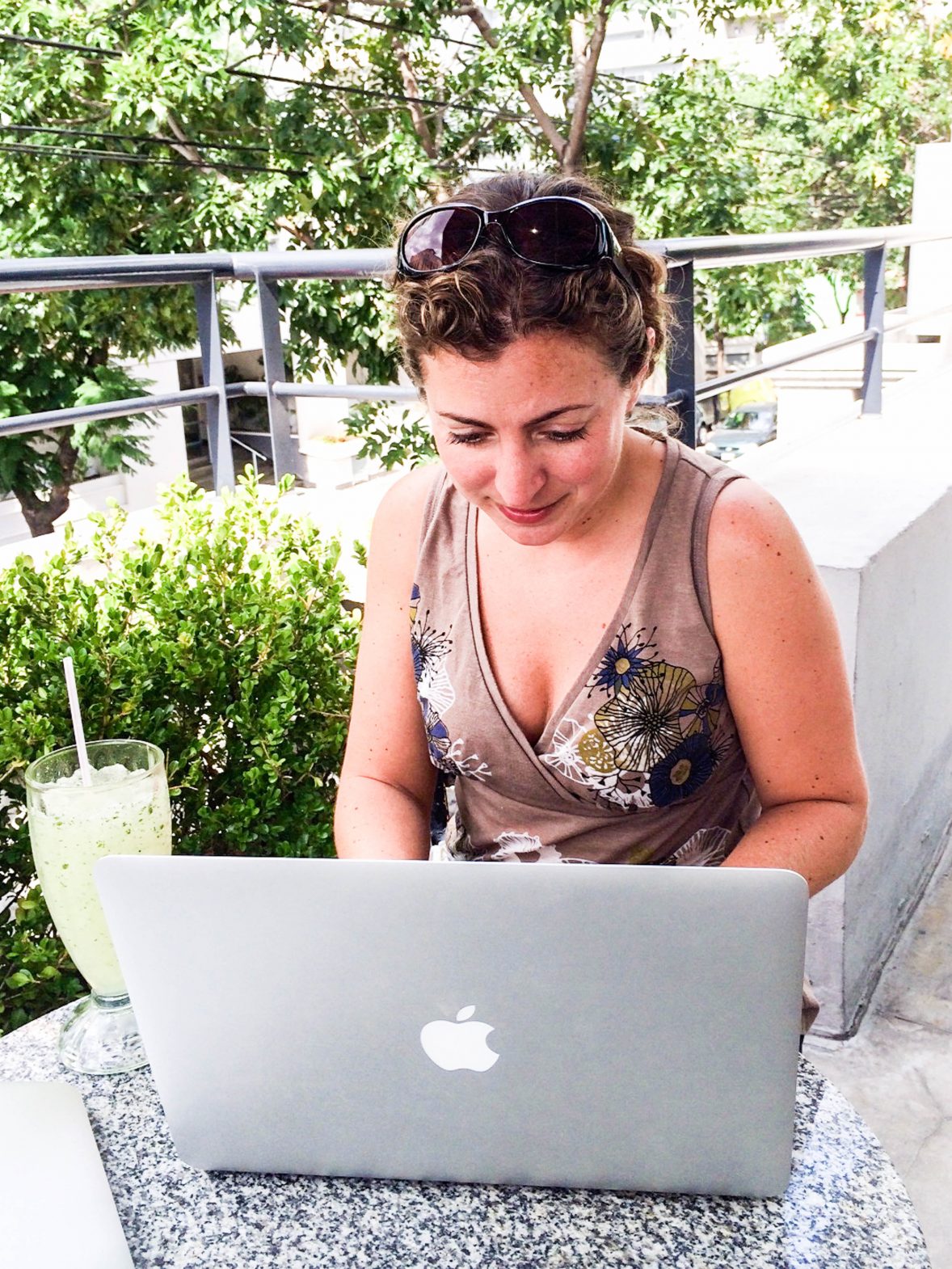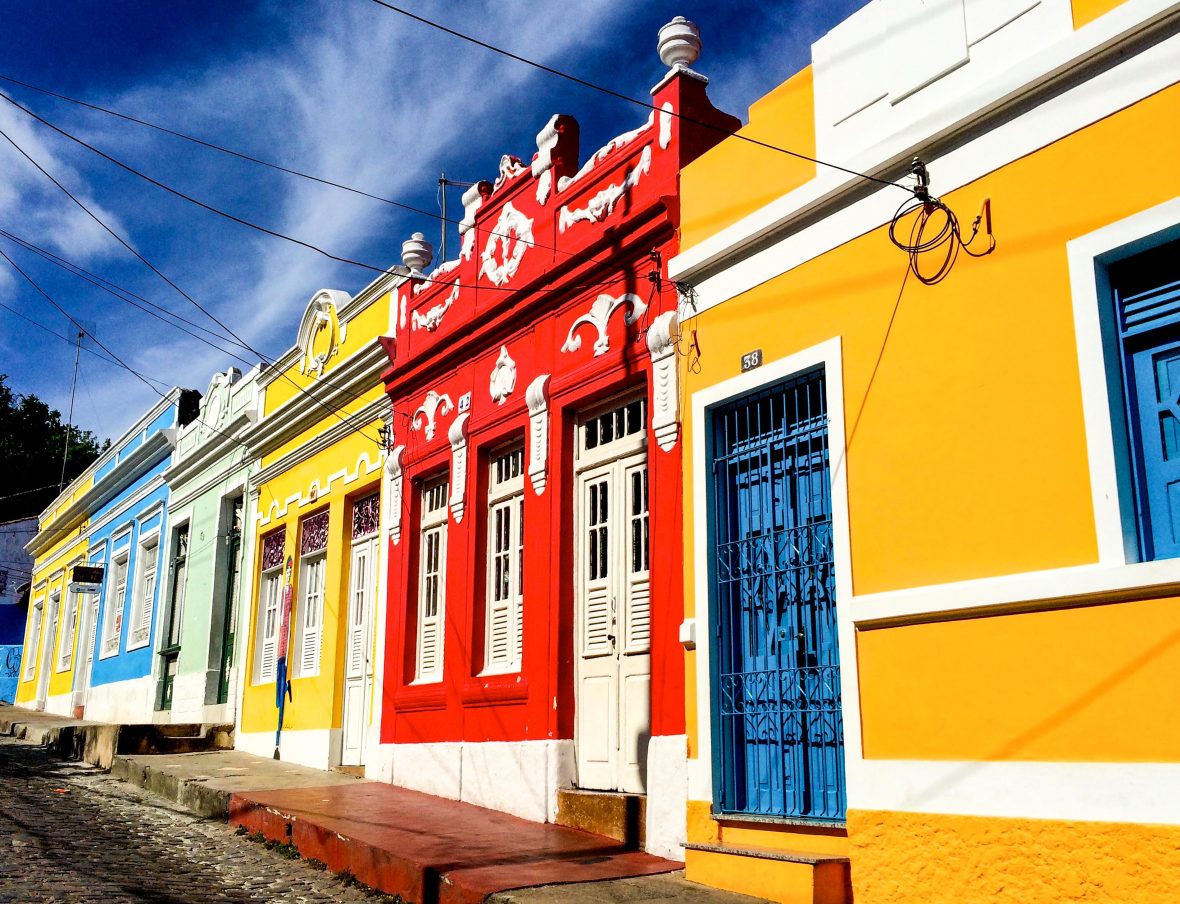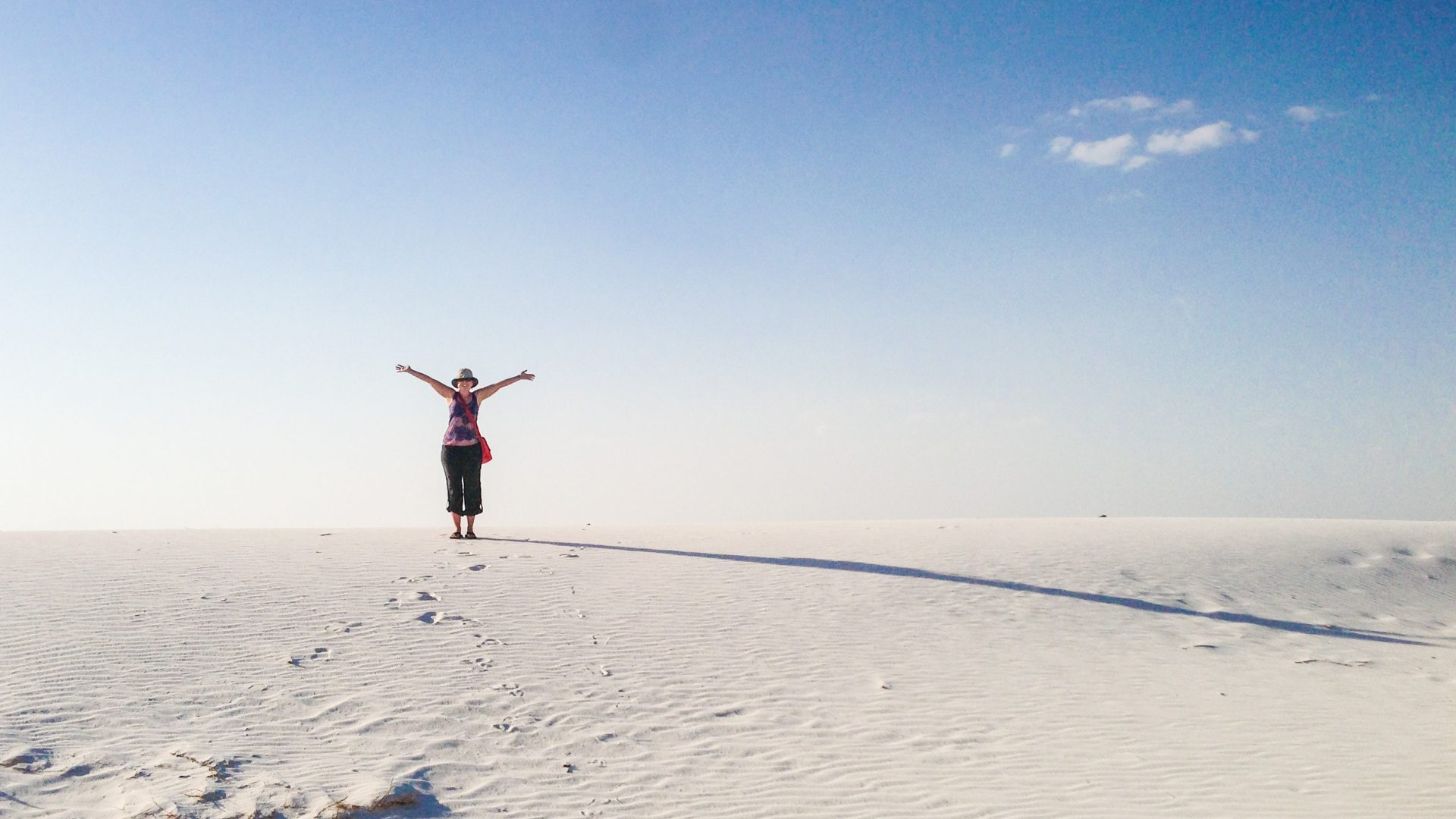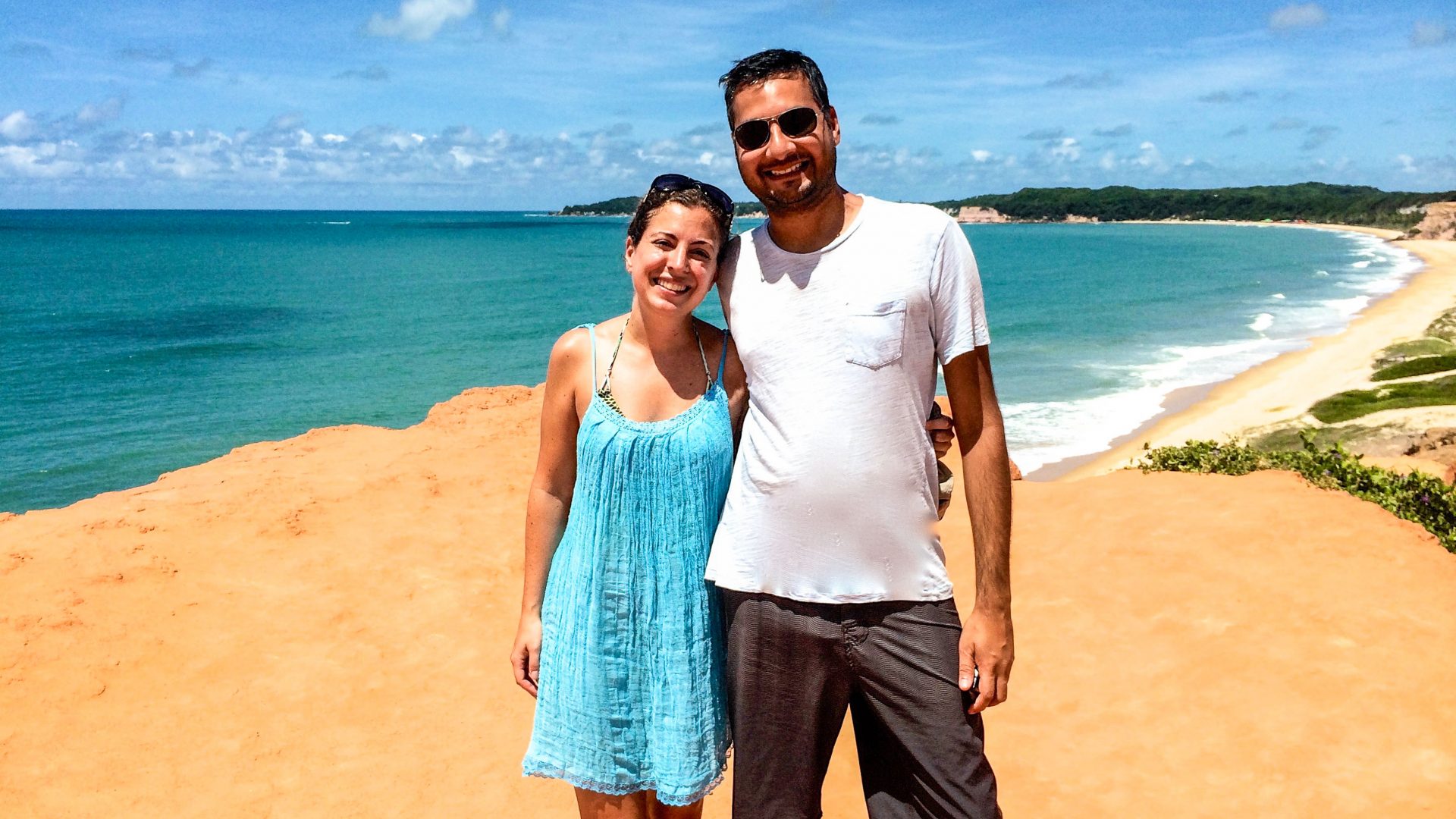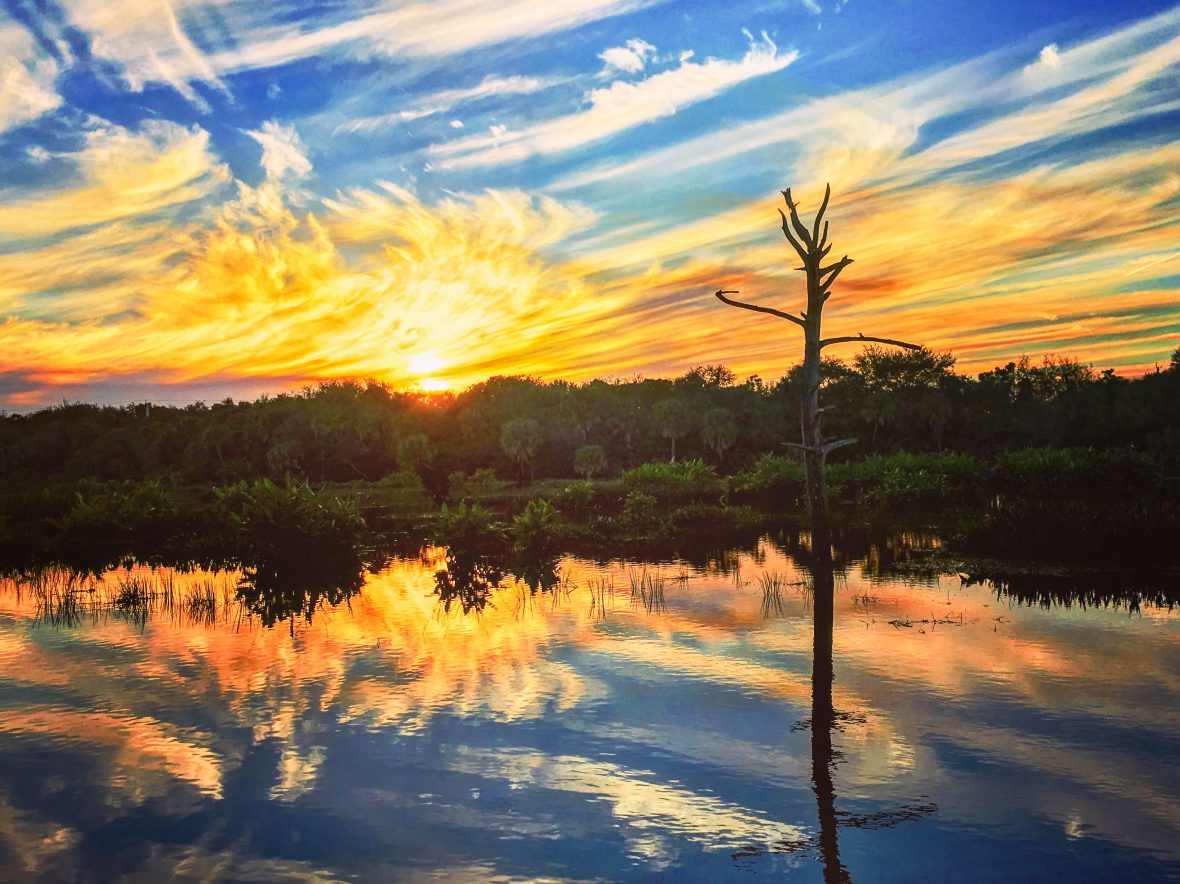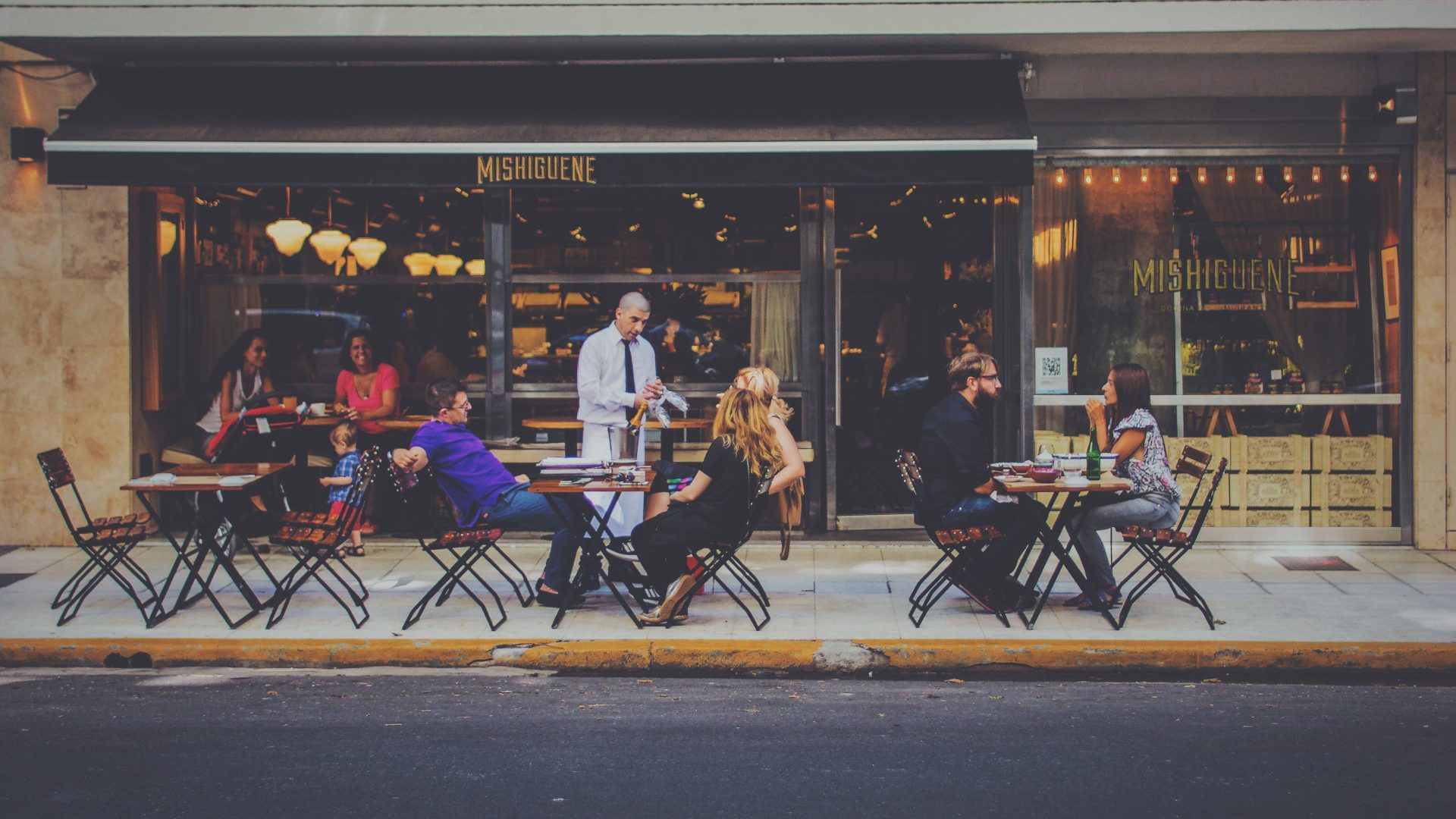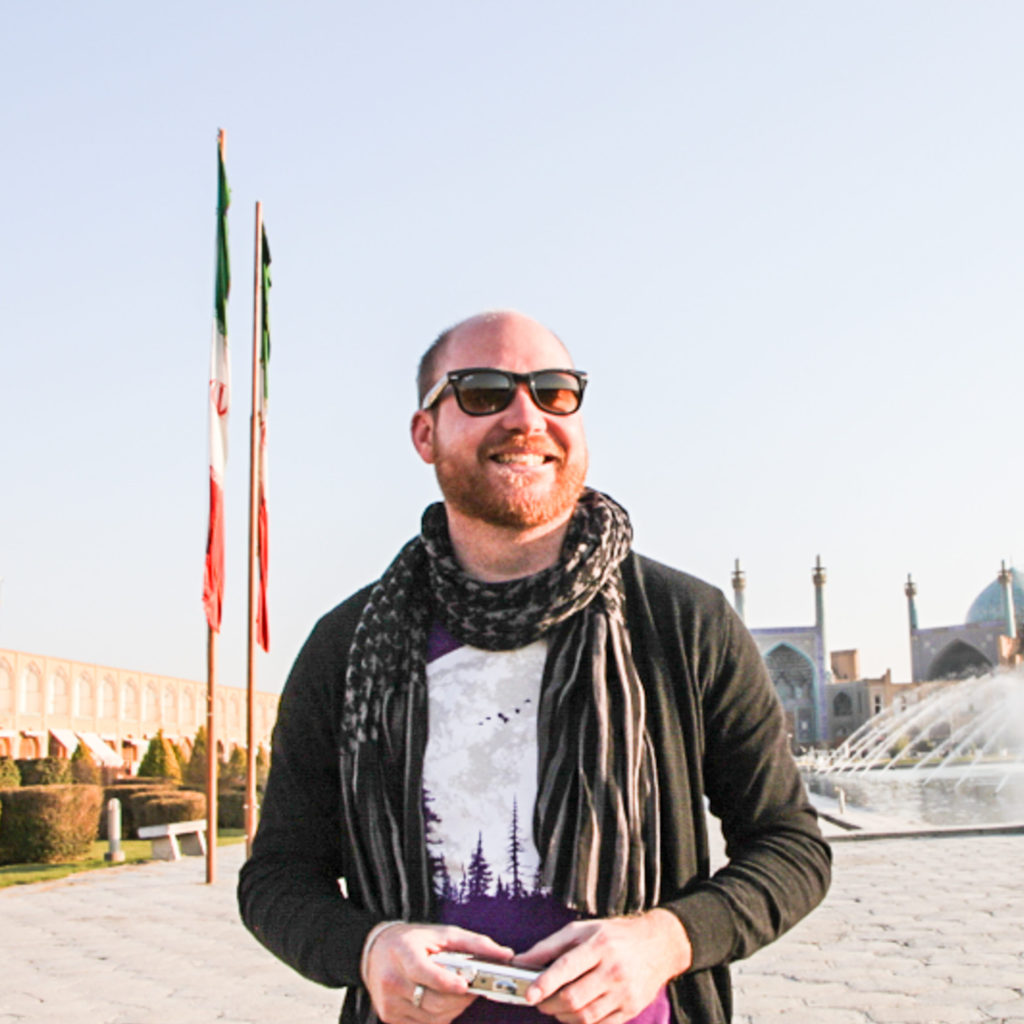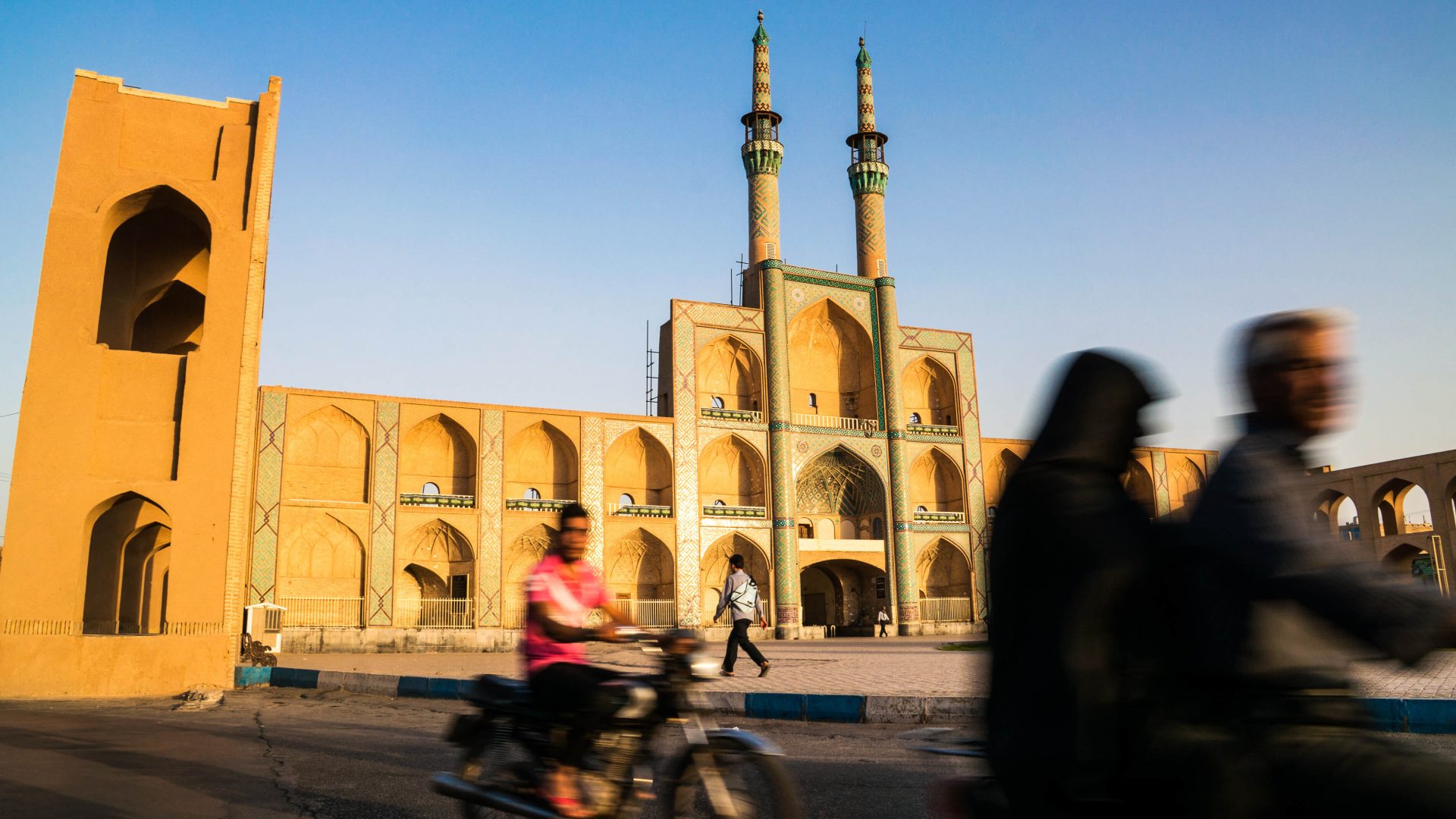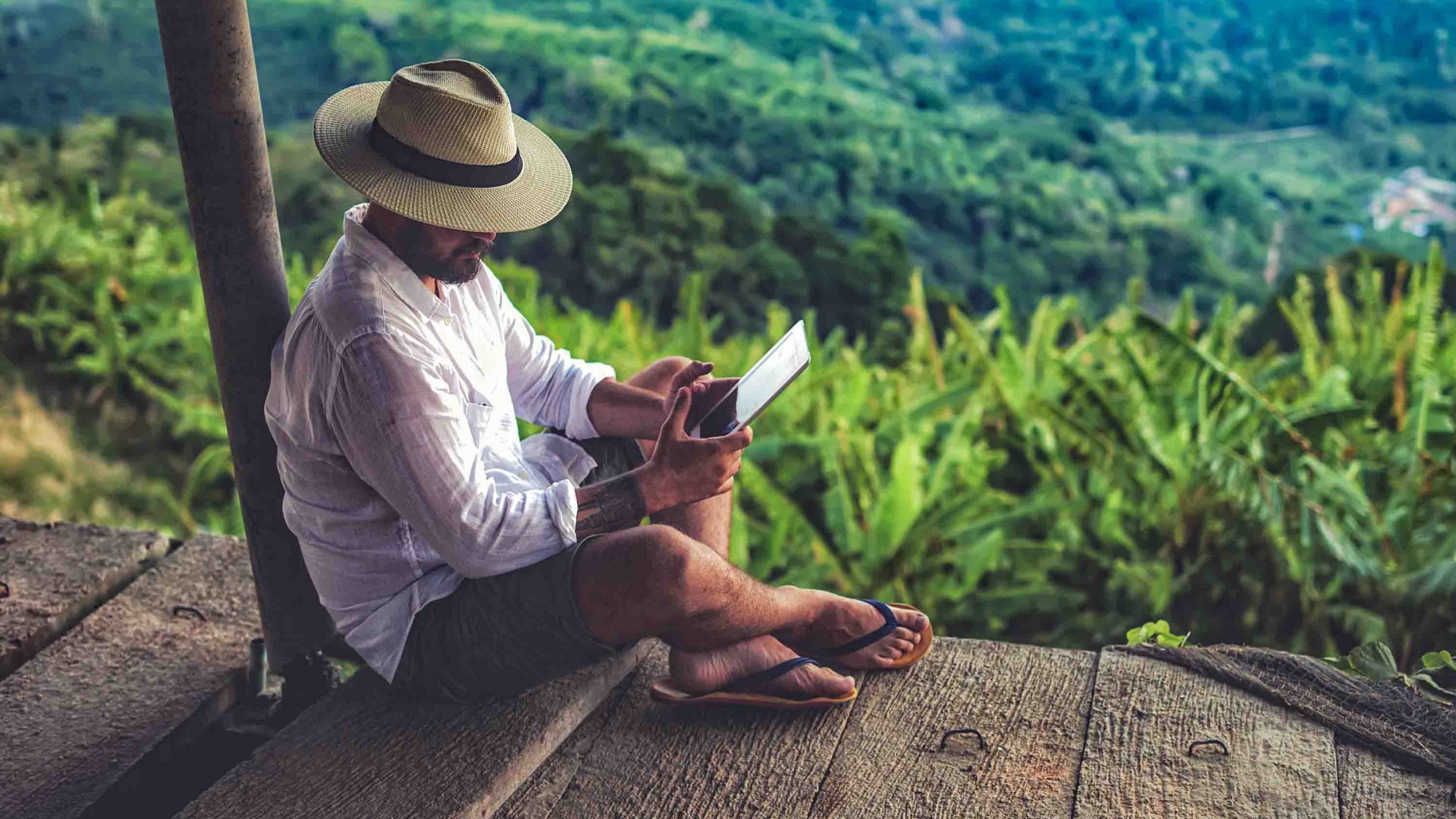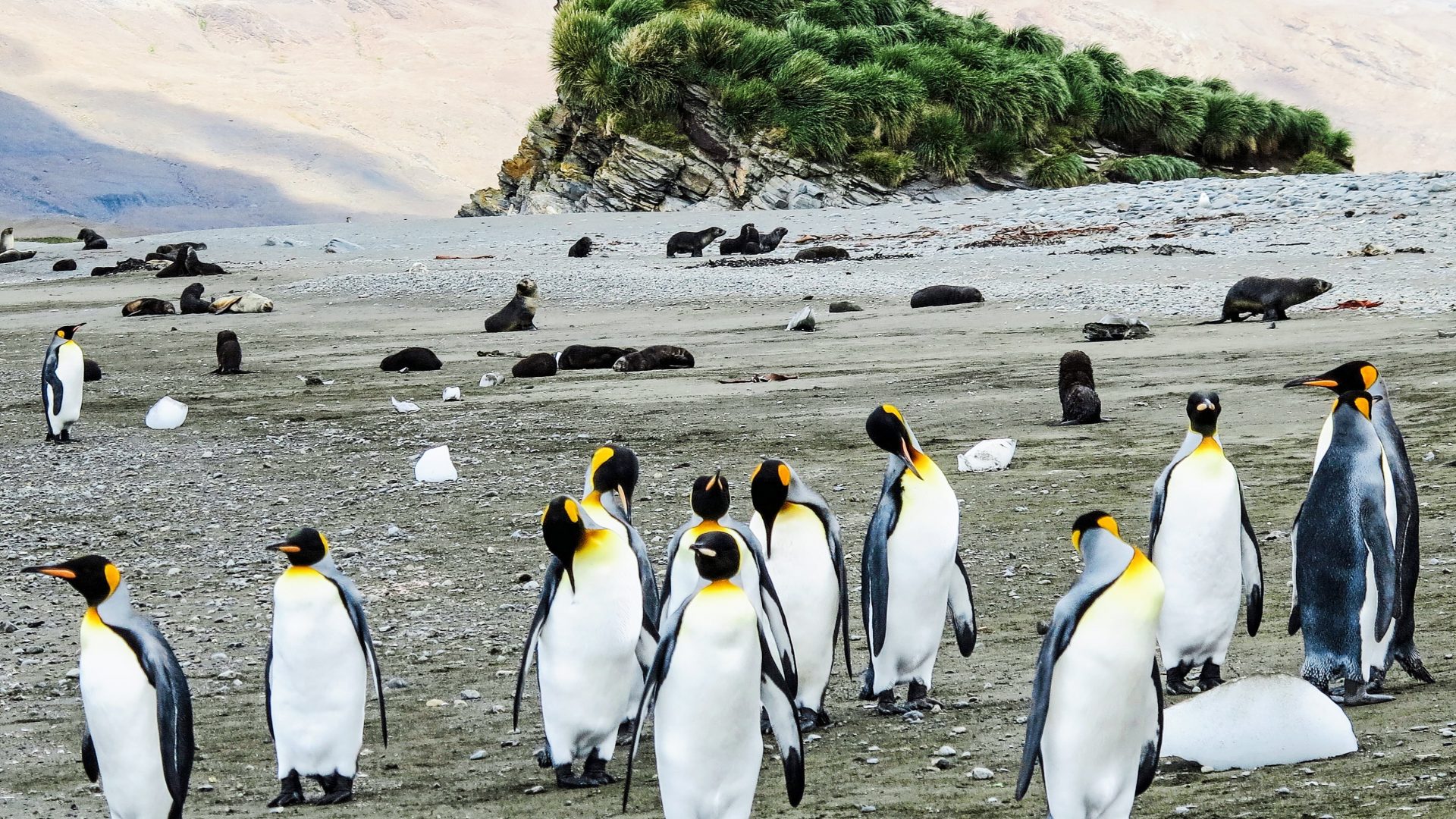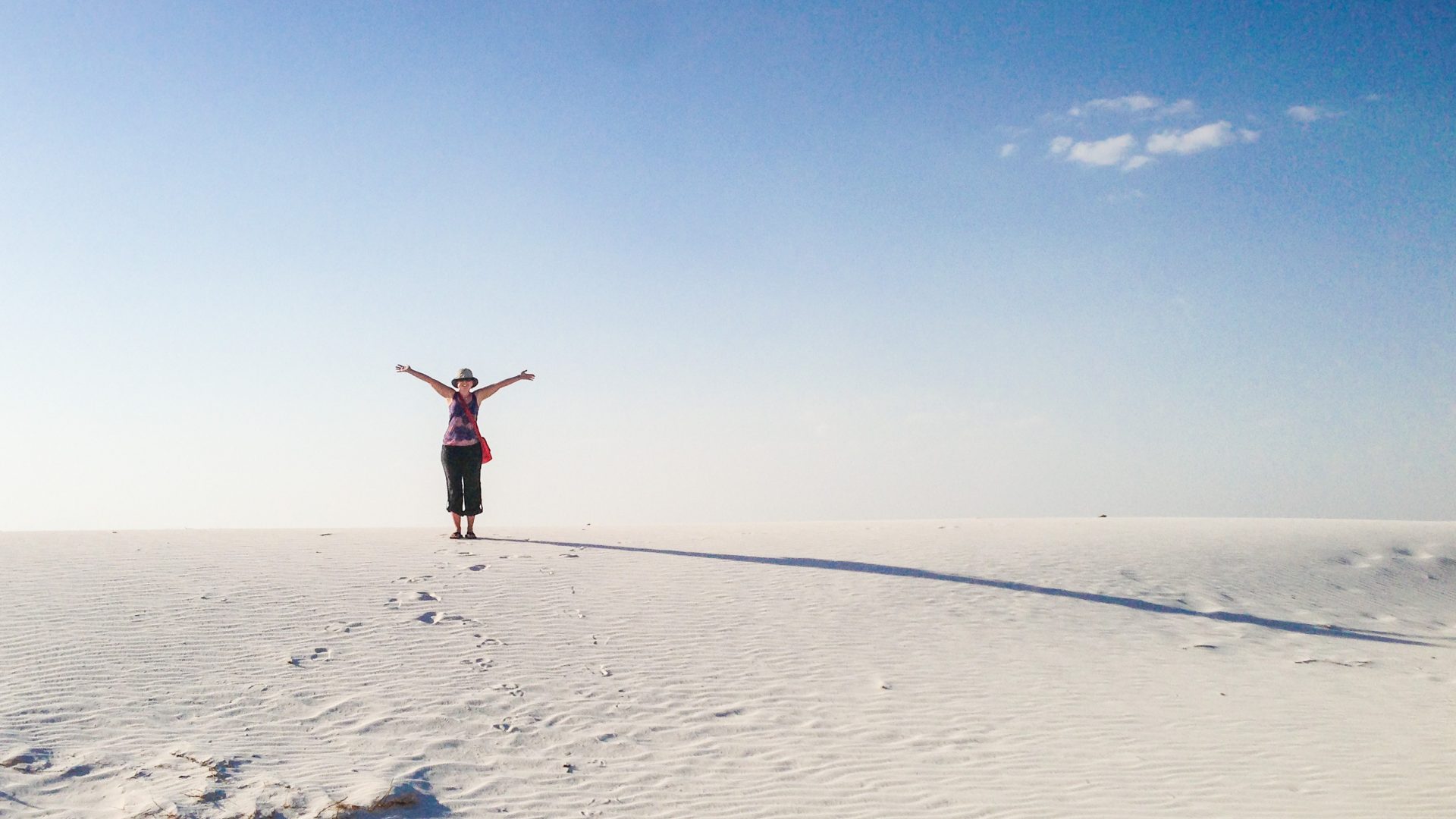
With no permanent home to speak of, Valerie Conners left behind her well-trodden Manhattan cubicle life and committed to a semi-nomadic existence for four years, working remotely all over the world. But when asked, “Where’s home?”, she had no answer. Until now.
During my third month working remotely and living a location-independent lifestyle, my then-boyfriend (now fiancé) Ayaz and I were chatting with our landlord in Santa Fe; we were spending six weeks in his casita outside the town’s historic center. He was a gentle soul, an outdoorsman. In his early to mid-60s, he liked to reminisce about his once-regular hikes up and down the Grand Canyon, and tell eyebrow-raising alien (yes, alien) tales he’d gathered in Roswell during his university heyday.
But his adventures, he told us, had come to a standstill. Today, he was tethered to a silver oxygen tank. Before we’d arrived in New Mexico, he’d been diagnosed with a lung disease. He now wore an oxygen monitor on his pointer finger, and gasped in the thin Santa Fe air.
After hearing his stories, we , in turn, told him of our adventure. How we’d chosen to live an uncharted existence, but that we were worried. Then in our 30s, we didn’t have a road map as to how this plan would unfold—what if we failed? What if we should have waited?
He shook his head. He tapped his oxygen tank. “Fuck it,” he said. “Do it now.”

